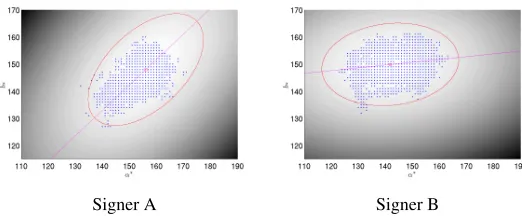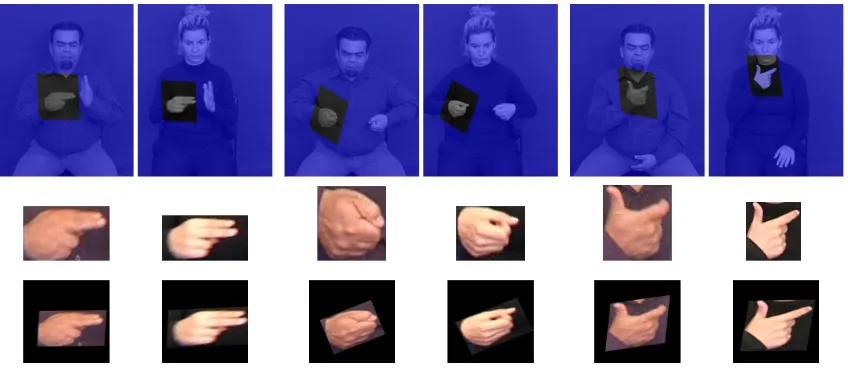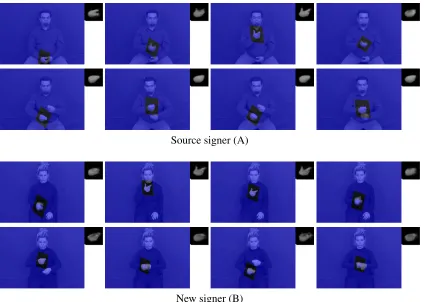Dynamic Affine-Invariant Shape-Appearance Handshape Features and Classification in Sign Language Videos
Full text
Figure



Related documents
The undersigned appoints the Company as Attorney-in-Fact with the power to (a) exchange insurance policies with other subscribers to the Exchange, (b) take any action necessary for
Due to the popularity of tattoos and gangs like the Yakuza, tattooing was associated with criminal activity, but this time on different terms.. Preventative measures were taken,
[0012] According to a first aspect, the invention pro- vides a method according to claim 1 of protecting a com- puter system from attacks over a network to which the computer system
Results: The Planetary Accounting Framework is a new approach to environmental accounting in which environmental impacts are compared to global limits, the Planetary Quotas..
sponse in Co 86032 was obtained on MS medium containing 1.5mg/l BAP while in CoN 04131 the combination of 0.5 mg/l BAP with 0.25 mg/l Kinetin showed best shoot formation response
In today’s China, the Chinese Communist Party (here- inafter abbreviated to “CCP” or “the Party”) claims to represent the People. It also claims that it is mandated by history
The Virtual Clay Modelling system is a highly interactive styling tool for conceptual styling with strong analogies to conventional methods of clay modelling
is utilized in gluconeogenesis, leading to increased glucose and subsequently glycogen levels in the liver as observed in EDHB-supplemented rats, which were further increased by





